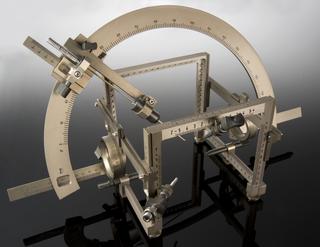
Plaque showing a portrait of Joseph Priestley, England, 1860-1868
- Made:
- 1860-1868 in Stoke-on-Trent




Framed oval jasperware plaque with Flaxman cameo portrait of Dr. Joseph Priestley F.R.S., by Wedgwood, English, this copy 1868. Designed by Guiseppe Cerracchi
Joseph Priestley (1733-1804) is best known as the discoverer of oxygen. He, however, called the gas ‘dephlogisticated air’, a name based on chemical theories of the time. The modern understanding of its role in burning was worked out by Priestley’s contemporary, Antoine Lavoisier (1743-94). This plaque is made from jasperware, a fine grained stoneware developed by Wedgwood in 1775. It shows a cameo style profile of Priestley.
Details
- Category:
- Surgery
- Collection:
- Sir Henry Wellcome's Museum Collection
- Object Number:
- A652233
- Materials:
- plaque, jasperware, frame, wood, gilded and glass
- Measurements:
-
overall: 375 mm x 300 mm x 70 mm, 3.13kg
- type:
- jasperware plaque
- credit:
- Wellcome Trust (Purchased from Stevens)




